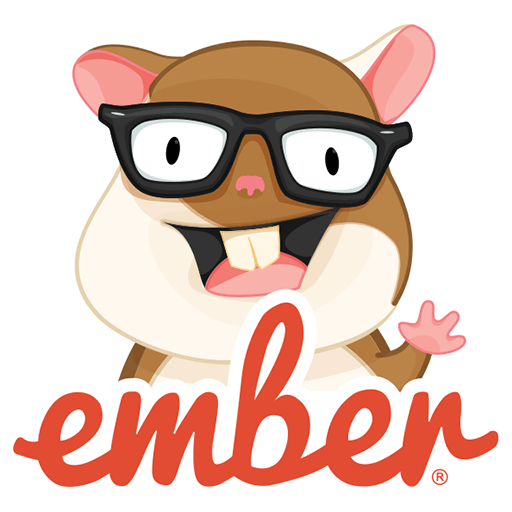Open Source Development & DevOps Software
 Phoenix Framework
Phoenix Framework
At its core, Phoenix is a rock-solid web framework that improves the tried and true Model-View-Controller (MVC) architecture with a fresh set of functional ideas. Phoenix puts the focus on your business domain, bringing you immediate productivity and long-term code maintainability. Versatility at your fingertips. The Phoenix Framework also provides the concept and implementation of LiveView, allowing you as a developer to build real-time application using the power of elixir and websockets.
 Swarmlet
Swarmlet
Swarmlet is a free and open-source, self-hosted Platform as a Service that runs on any single server. It's mainly intended for use with multiple servers, a server cluster / swarm. Swarmlet is inspired by Dokku and brings the same simplicity to Docker Swarm. Swarmlet also uses Traefik v2 and Let's Encrypt to provide automatic SSL and load balancing on your apps.
 Apache Mesos
Apache Mesos
Apache Mesos a free an open-source cluster orchestration platform. It allows you to allocate dynamic resource between applications and enables you to build fault-tolerant and elastic distributed systems. With Apache Mesos, your applications are only aware of the resources of a particular partition or machine they are running on. It also provides an abstract view of all resources used by any application in the system, where you can allocate resource, per application basis. Apache Mesos is battle-tested and industry proven to easily scale to 10,000s of nodes.
 BlackSheep
BlackSheep
BlackSheep is an asynchronous web framework to build event based web applications with Python. It is inspired by Flask, ASP.NET Core, and the work by Yury Selivanov. With BlackSheep you can write performan web applications utilizing MVC architecture.
 Vue Native
Vue Native
With Vue Native you can build iOS and Android application utilizing the Vue JavaScript framework. Vue Native provides a cross-platform UI library that makes it easy to create quality app that can be bundled and released for mobile devices. The framework can act as an ideal starterkit providing all the necessary UI elements for your next Vue-powered mobile project.
 Ember.js
Ember.js
Ember.js is a productive, battle-tested JavaScript framework for building modern web applications. It includes everything you need to build rich UIs that work on any device. With Ember.js you can create client side JavaScript applications with a complete solution which contains data management and an application flow. Ember.js is developed and released as free and open source software under the MIT License.
 NativeBase
NativeBase
NativeBase is an open source framework used to build React Native and Vue Native applications. The framework includes essential UI components for creating professional cross-platform mobile applications. With NativeBase, countless of developers and designers have saved time and money when bootstrapping their next project.
 Prometheus
Prometheus
Prometheus is a Cloud Native Computing Foundation project for systems and service monitoring. With Prometheus you can collect metrics from configured targets at given intervals, evaluates rule expressions, displays the results, and can trigger alerts when specified conditions are observed. Prometheus include features like multi-dimensional data models. PromQL, a powerful and flexible query language to leverage this dimensionality. No dependency on distributed storage. An HTTP pull model for time series collection and much more.
 Vim
Vim
Vim dates back all the way to 1991 when Vim's author, Bram Moolenaar released it to the public. Vim is a highly configurable text editor built to enable efficient text editing. The software is released as free and open-source software under the Vim License. Vim is often called a "programmer's editor," as it relies more on customization of shortcuts and makes heavy use of macros that can be combined with muscle memory to achieve maximum proficiency. Vim was designed for use in both command-line interfaces and as a standalone application in a graphical user interface.
